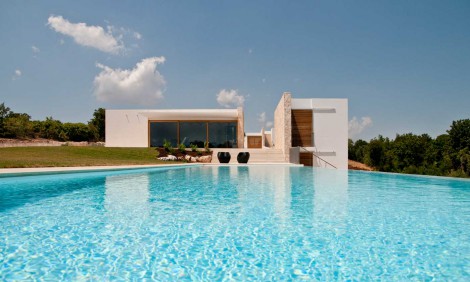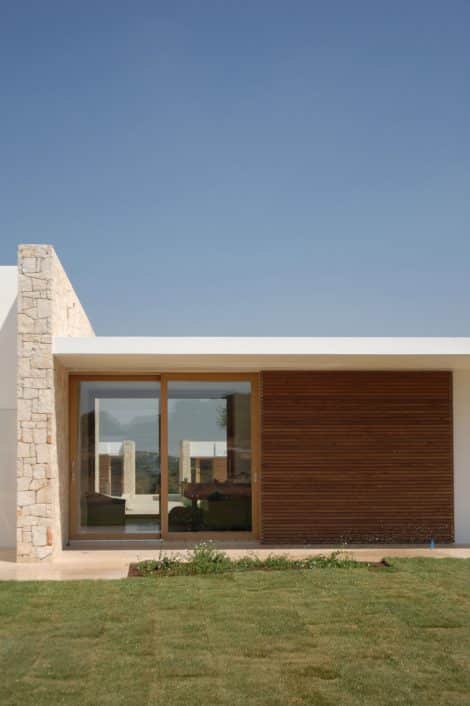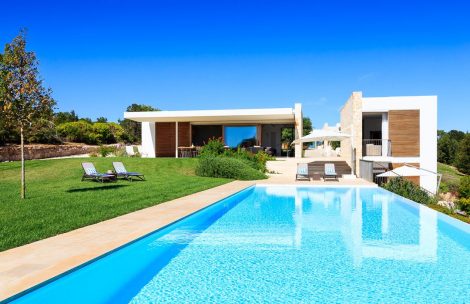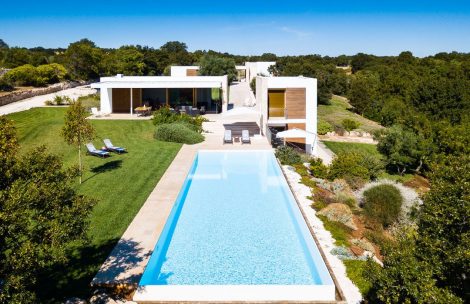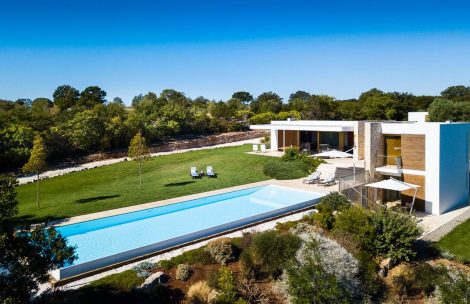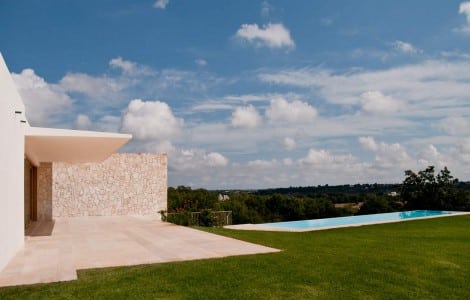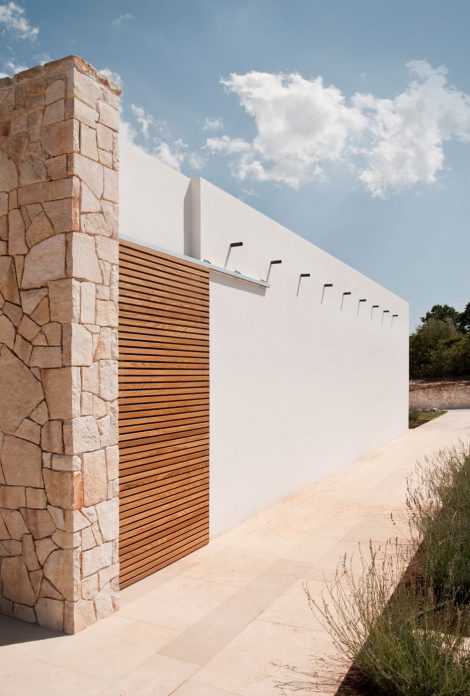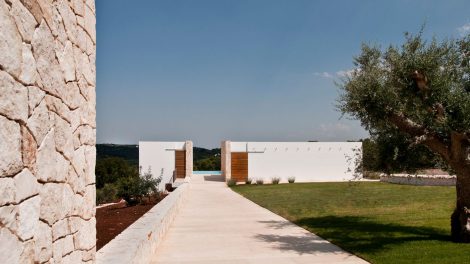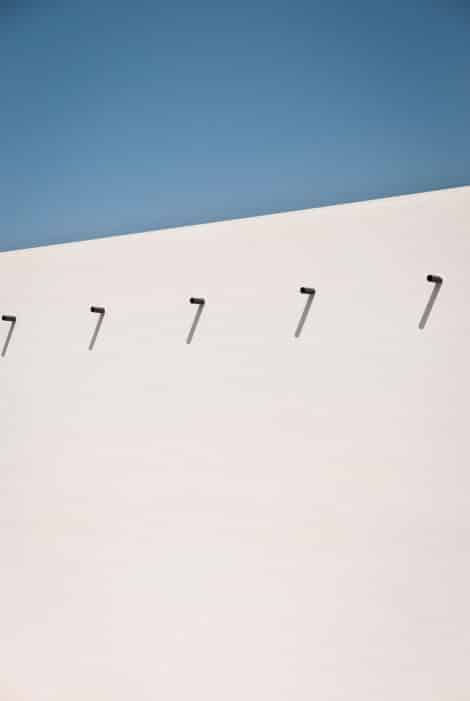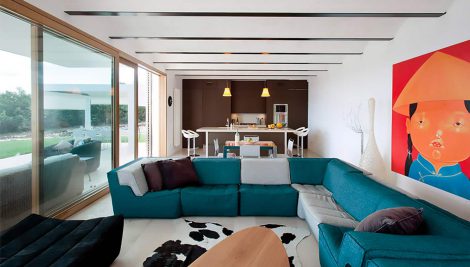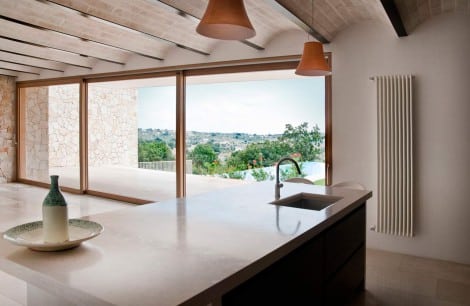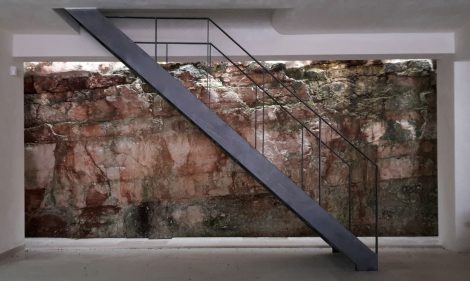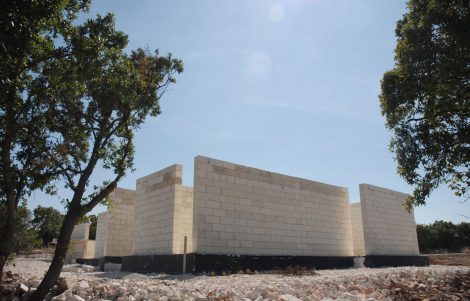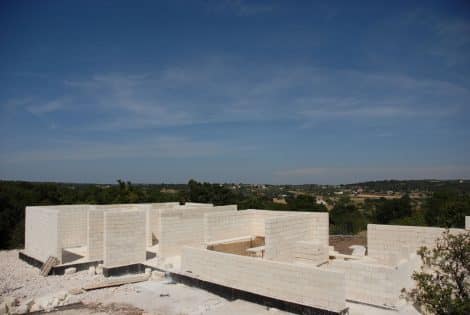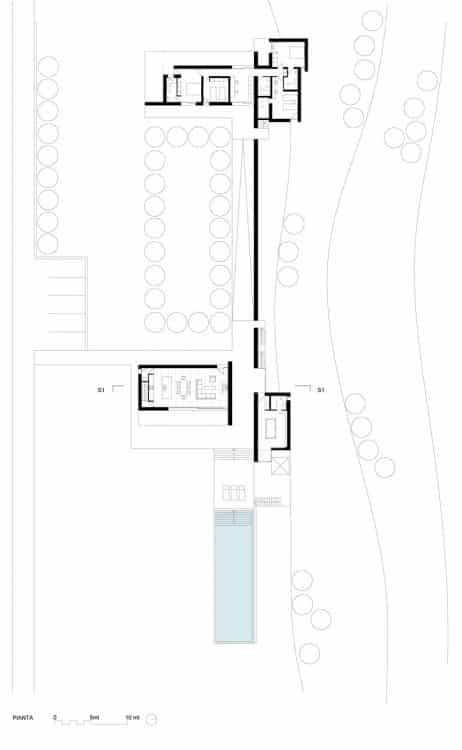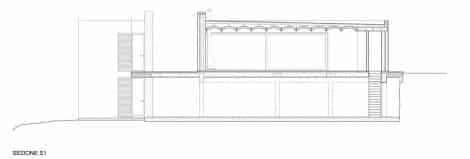Casa Ceno
Holiday homes in Valle d’Itria Cisternino Puglia
Casa Ceno is a holiday home in Valle D’Itria (Puglia), between Cisternino and Ostuni. The project was born from the desire to build a holiday home for two families, which is why we decided at first to develop the layout over two buildings, in order to give everyone their own space and privacy. But the clients wanted separate buildings for day-time and night-time. We were initially a little surprised, but after thinking about it briefly, we agreed with this vision.
We could create an atmosphere influenced by the characteristic villages of Southern Italy, where people live all together, sharing living spaces, food, happiness and unhappiness. So Daniele Corsaro designed holiday home in Valle D’Itria with two buildings connected by a pathway, scanned by drystone walls, along the East-West axis that leads to an infinity pool overlooking the valley.
A key factor in the design process was the search for a dialogue with the surrounding environment, with a horizontal emphasis that formed part of the natural flow of the land. Every room offers a different kind of living space, so much so that the inhabitants, moving from one building to the other, can experience the surrounding landscape as if it were a part of their home. The positioning of the different parts of the building on the plot was, in addition to formal reasons, determined by the orientation. The north side of this holiday home in Valle D’Itria is blind to keep out the particularly bothersome tramontane winds, while the favoured views lie to the east and west.
Common sense dictated the use of large windows with wooden casings in the day-time area, in particular, the window overlooking the pool; smaller versions were also planned for the other areas. The choice of using local materials (limestone for the construction, Biancone di Trani for the flooring and oak for the window casings) and reinterpreting traditional construction techniques were aimed at establishing a “cultural sustainability” dictated by the desire for a more humanist approach to the design.
Back
